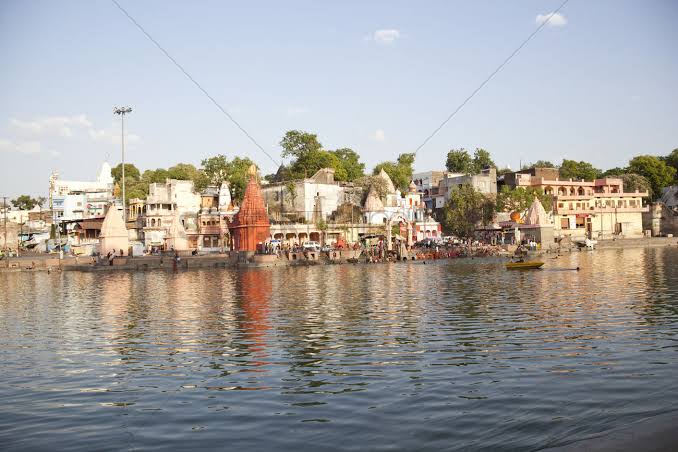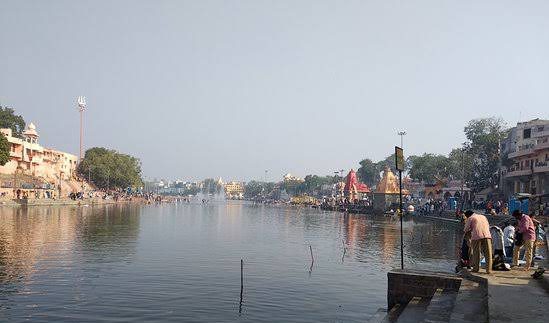IAS officer Asheesh Singh might very well earn the title ‘River Man of Madhya Pradesh’ for his river cleaning spree. The 2010-batch officer, who is currently the District Collector of Ujjain, is working on a grand plan to clean up Shipra river and make it sewage free. Earlier, he had launched massive clean-up missions for Sarasvati and Kahn rivers while he was posted in Indore as the Municipal Commissioner. During a conversation with Indian Masterminds, the officer spoke about the challenges that he faces in his river-cleaning projects.
CLEANING UP SHIPRA
Shipra river of Ujjain is being cleaned under Project Amrit Mission. Work on the project actually started when Mr. Asheesh Singh was the Municipal Commissioner of Ujjain in 2018. Now, after returning to Ujjain as District Commissioner, he is focusing on completion of the project at high speed. He said, “Before three years, there were no sewar lines here. The system was traditional and few pumping stations were constructed to flush the city water into the river. Since, it is almost impossible to construct all the sewer lines together, we are putting a main trunk line alongside the bank of the river. All the small lines will be connected through it and the trunk line will go through a STP and then flow into river or will be reused.”
He also mentioned that since both Sarasvati and Kahn rivers merge into Shipra just before Ujjain, it was important to make them sewage free first. And now that they are clean, the officer hopes that in the coming six months, Shipra will also become a sewage-free river.
SARASWATI AND KAHN RIVERS
Earlier, Mr. Asheesh Singh had cleaned up Sarasvati and Kahn rivers when he was posted in Indore. That time, the major challenge before him was to identify the small sewer lines and their outfalls which were directly connected to the river. “We started off by tapping the sewer lines of houses and then moved towards the outfalls for both the rivers. We got to know that there were six major outfalls. So, six decentralized sewage treatment plants (STPs) were constructed to treat the water coming into those outfalls,” informed Mr. Singh.

Eventually, the sewer lines of the houses were connected to one main line, through which they went to the STPs, and after the treatment, the water was pumped into the river.
It took almost two years to build the new systems which included the STPs & outfall. When the first plant started working, it ensured that 2km stretch of Sarasvati was sewage free. More than 90% of the work is completed, and in no-time, Sarasvati river would be totally clean.
RE-CORRECTION OF OLD SEWER LINES
Mr. Singh also informed that apart from building the new system, the re-correction of old sewer lines constructed in 2009-10 was also equally important. As there were problems like blockage and level difference which would eventually affect the total project. The water from old sewer had fallen into the river making the whole project shrink to zero.
So, a team was hired which used robotic devices to identify the problems. They found out that there were 1500 chambers from old big sewer lines and 8-10 were defunct due to blockage or level difference. The team corrected all the issues before starting the first STP.
REUSE OF TREATED WATER
An exclusive plan to reuse the treated water from the STPs was also put into action. A pond named Pipaliya Pala was connected with one of the STPs, which ensured that its water never decreases, even in summer. The treated water was used in 276 parks for irrigation and one of the STPs was connected to a 100-acre land where the administration had planted more than a lakh trees. That trench was earlier a dumping yard and a total of 13-ton waste was cleared to plant saplings.




































